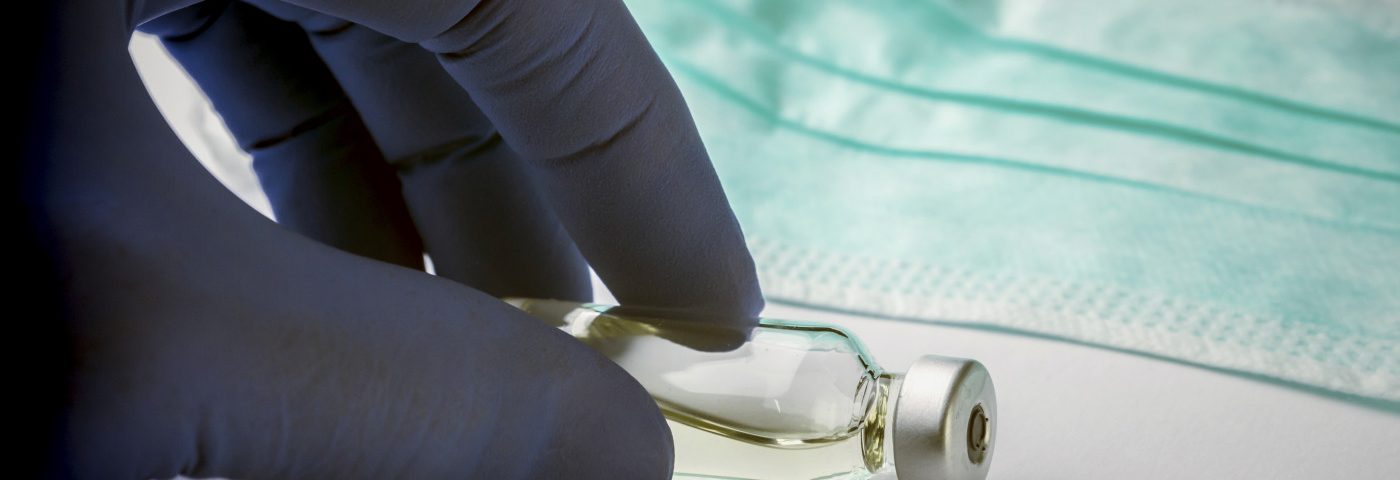Patients with soft tissue sarcoma who receive NBTXR3 in addition to standard radiation therapy have complete responses twice as often as those receiving radiation therapy alone, a Phase 2/3 clinical trial shows.
Also, more patients receiving this approach were free of cancer cells in their surgical margins, which made it easier to surgically remove their cancer.
Nanobiotix, which developed NBTXR3, is planning to add the new findings to the previously submitted CE marking application for soft tissue sarcoma.
“NBTXR3 can bring real benefit to patients and it can change the standard of care. This innovation will play a role in many other indications and particularly where radiotherapy is used alone,” Sylvie Bonvalot, MD, said in a press release. Bonvalot is head of the Sarcoma and Complex Tumor Surgery Unit at Institut Curie in Paris, France, and global principal investigator of the trial.
NBTXR3 is a nano-sized product, developed to be injected directly into the tumor and enhance radiotherapy effectiveness. The particles, designed to penetrate cancer cells and remain within the tumor, absorb radiation energy upon radiotherapy and distribute it through the cancer cells.
This is expected to induce the death of cancer cells and to activate the immune system both locally and throughout the body.
The act.in.sarc study (NCT02379845) was designed to determine if NBTXR3 could improve the effectiveness of radiation therapy in soft tissue sarcoma patients. It enrolled 180 participants with locally advanced disease who received radiation therapy, with or without the nano-molecule.
NBTXR3 was injected directly into the tumor one day before radiotherapy initiation. Radiation therapy then was given five days a week for five weeks.
The study’s main goal was to measure the number of patients achieving a pathological complete response to treatment, which is defined as having fewer than 5 percent of viable cancer cells in the tumor after treatment.
While 16.1 percent of patients given NBTXR3 achieved such response, only 7.9 percent of those in the control group did.
Five weeks after finishing radiation therapy, patients underwent surgery to remove their tumors. A secondary objective was to increase the number of patients having so-called “clean” margins (no more cancer cells found within the surgical margins).
This is thought to predict patient outcomes, such as the time without disease progression or metastasis. Researchers found that 20 percent more patients receiving NBTXR3 achieved this goal, compared to the control group.
“[These] data are exceptional and show without any doubt an improvement of radiation therapy impact with a significant number of complete response,” Bonvalot said.
NBTXR3 also was well-tolerated, with similar incidence of adverse side effects in both study groups. Investigators now expect to disclose additional results at a future medical meeting.
“These results from a Phase 3 study are impressive in a notoriously difficult disease like soft tissue sarcoma. These cancers are generally less sensitive to radiation and previous attempts to improve local control with chemo-radiation regimens were considered too toxic,” said David Raben MD, professor of Radiation Oncology at the University of Colorado Cancer Center.
“These findings set the foundation for additional studies in areas such as head and neck cancer and perhaps in areas such as high-risk prostate, bladder or pancreas cancer,” Raben said. “This product may potentiate a pro-inflammatory environment suitable for immune enabling or DNA damage inhibitor drugs.”
NBTXR3 also is being tested in several Phase 1/2 trials for the treatment of head and neck cancer (NCT01946867, NCT02901483), liver cancer (NCT02721056), rectal cancer (NCT02465593), and prostate cancer (NCT02805894). All of those trials are still recruiting participants.
Preclinical data suggesting that NBTXR3 could enhance the effectiveness of immunotherapies has prompted the company to initiate a research program evaluating NBTXR3 as a potential booster for anti-cancer immune responses.


